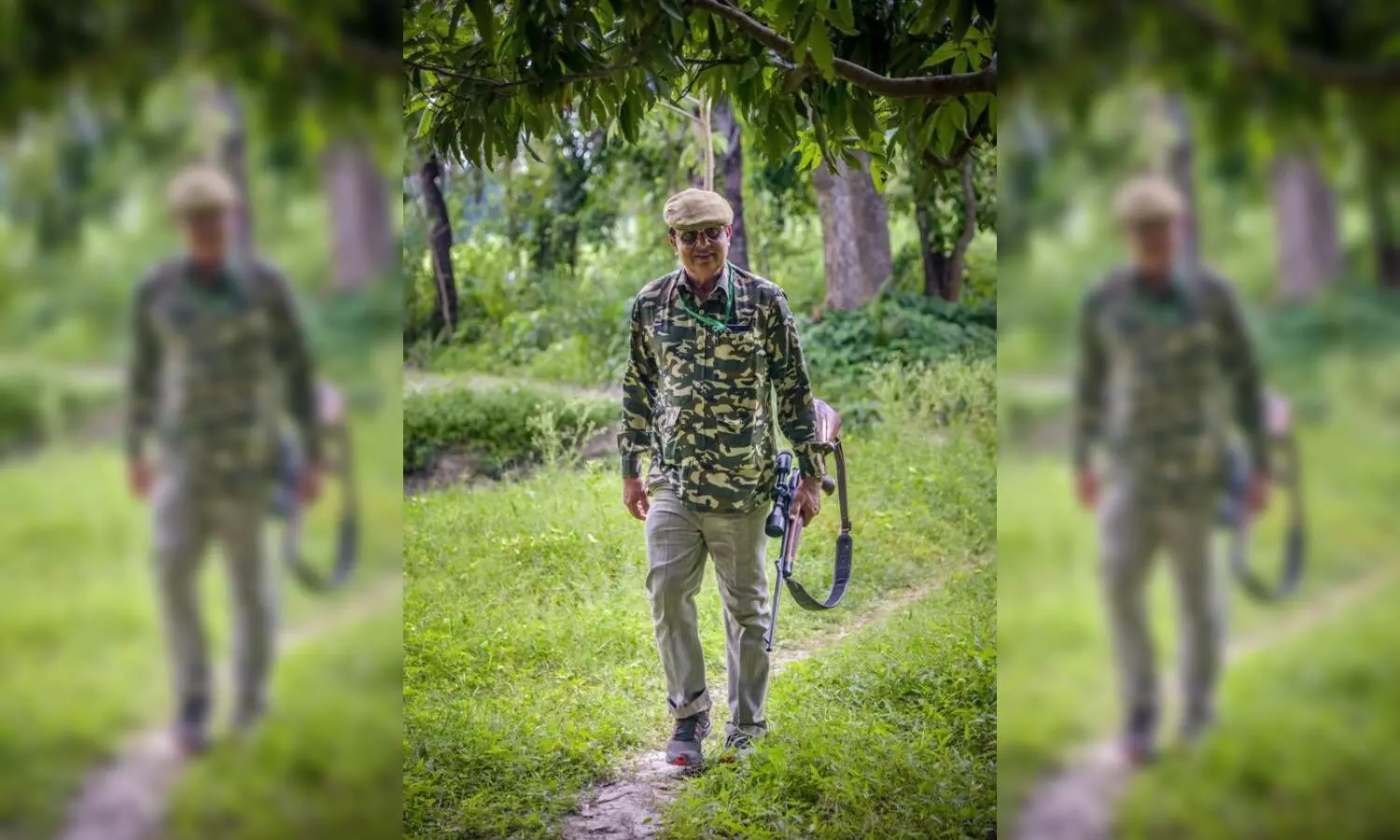Avini! Does it ring a bell? Yes, it was the ferocious tigress that unleashed a reign of terror in several villages of Maharashtra four years ago. As many as 13 innocent lives were lost, not to speak of the 103 heads of cattle before the man-eater dropped dead in its tracks.
It is four years since the tragedy played out in the forested area of Borati village in the Yavatmal district of Maharashtra. On November 2, a big event is being organized at this nondescript village to commemorate the day when the terror-stricken villagers heaved a sigh of relief. The villagers were relieved of the horror that lurked in 26 villages. The tigress spread terror in a stretch of 160 km comprising grazing pastures and human habitations.
After 12 failed tranquilizing attempts, Hyderabad's sharpshooter, Nawab Shafath Ali Khan's son, Asghar Ali Khan, shot down the tigress on November 2. The duo was summoned by the forest department of Maharashtra when all efforts to track the man-eater proved futile.
In a unique move, residents of the affected villages have decided to install a marble plaque in the Borati village to mark the end of the terror tale. Nawab Shafath Ali Khan and his son have been invited to grace the occasion. The villagers want to honor the father-son shooters for relieving them from the dreaded tigress. At least one member from the victim families from 75 Gram Panchayats will attend the program. What is unusual about this program is that the plaque carries the names of all the persons who were mauled to death by Avini over four years. The names of the victims and the place they fell are inscribed on the plaque in Marathi. A brief mention of the tragedy is also mentioned in English. Kin of the victims will give a blow-by-blow account of the tragedy and horror they suffered and how they finally got relief when the tigress was shot dead.
Though Avini is no more, the man-animal conflict continues to rage in Maharashtra. According to Nawab Shafat Ali Khan, nearly 100 persons were killed this year in the state. Likewise, 70 tigers have also been killed in revenge through poisoning and electrocution. The sorry state of affairs, Khan says, is due to a 300 percent rise in the tiger population. In 2005 the number of tigers was nearly 100 and now their number has jumped to 350. Protected forest reserves like Tadoba, Pench, and Tipeshwar have all reached a saturation point and tigers can't be accommodated anymore. And therefore there is a natural spillover of the excess tigers in the human landscape. Of late, tigers are being sighted in villages, highways, and even in hospitals and schools. "This is a dangerous trend. In the last one week, five persons were killed by tigers in Chandrapur", says the sharpshooter amid calls for measures to end the tug of war.
Concerned at the rising human-animal conflict, the State Wildlife Board has written to the Maharashtra government to capture 10 male tigers and sterilize them to control the population.
